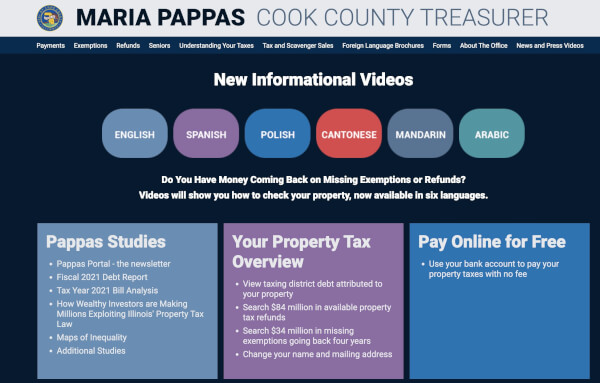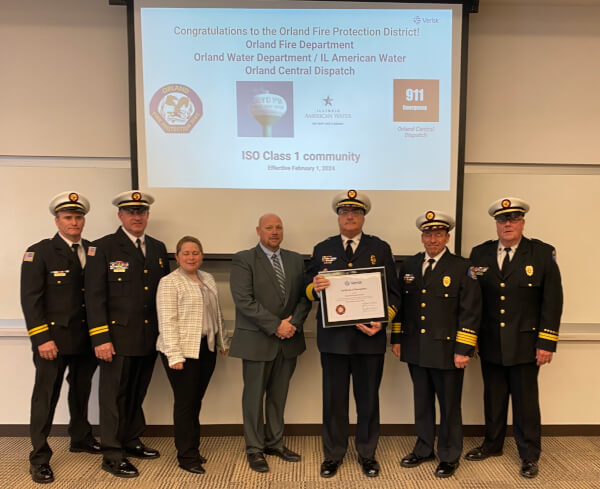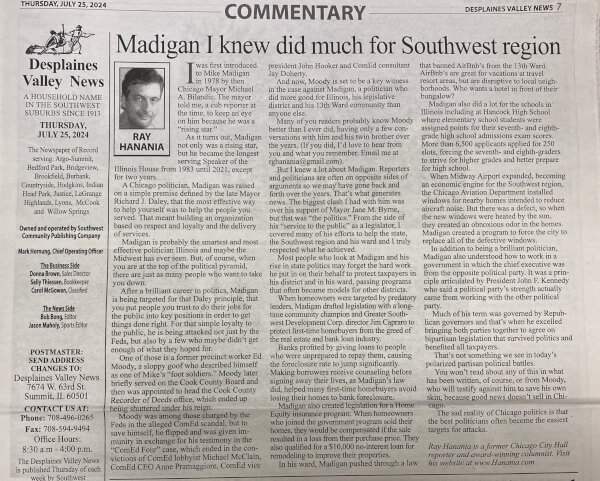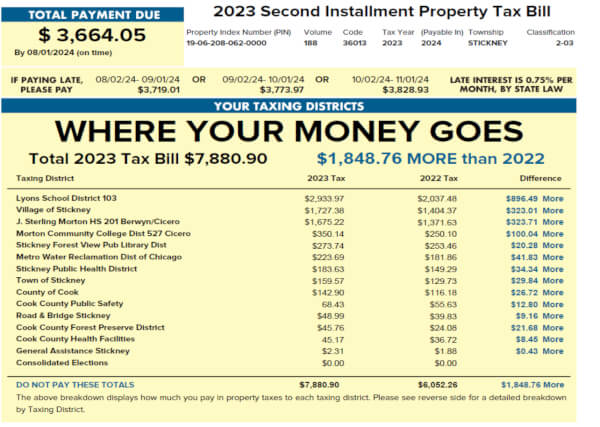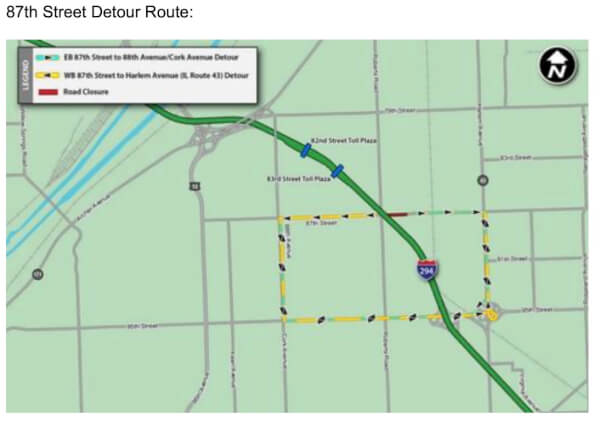WalletHub lists Best and Worst Community Colleges
South Suburban College in South Holland was named as the second to the worst community college in the State of Illinois, ranking 39 out of 40, while Moraine Valley Community College in Palos Heights also struggled in the lowest third of the state’s colleges ranking at only 31 out of 40 Illinois schools.
WalletHub, a national credit and financial institution based in Washington D.C., measures and compares everything from homes, colleges, businesses and cities across the country. In its survey of the nation’s community colleges, WalletHub used 17 factors of cost and quality that include tuition costs, scholarships, and performance of students who attended including graduation and education advancement.
The survey identifies 715 community colleges across the country as listed with the American Association of Community Colleges.

South Suburban College also ranked as one of the worst in the country, ranking only at 704 out of the 715 colleges, while Moraine Valley Community College ranked only 627 out of 715 in the country.
The Top 15 community colleges in Illinois, according to WalletHub, are (State, rank, name, overall national score):
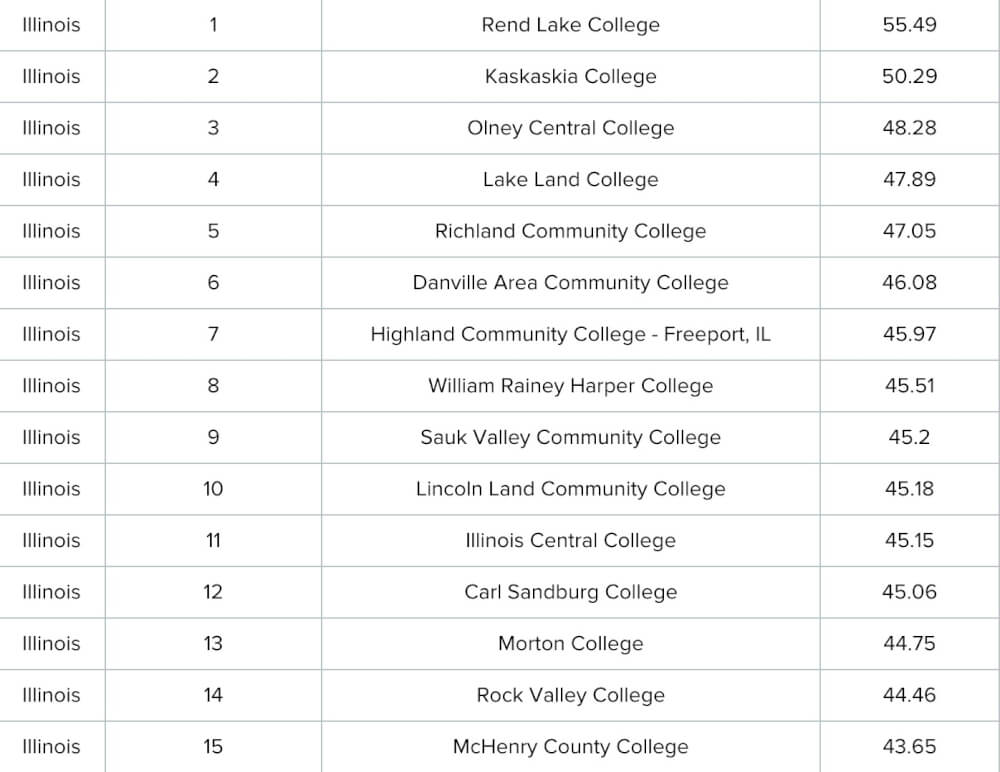
Rend Lake was named the #1 Community College in Illinois followed by Kaskaskia College as #2 in the state.
Harper College ranked 8th, and Morton College ranked 13th in the state. Rock Valley College ranked 14th and McHenry County College ranked 15th on the list.
The 10 worst colleges in Illinois are (state, rank, name, overall national score):
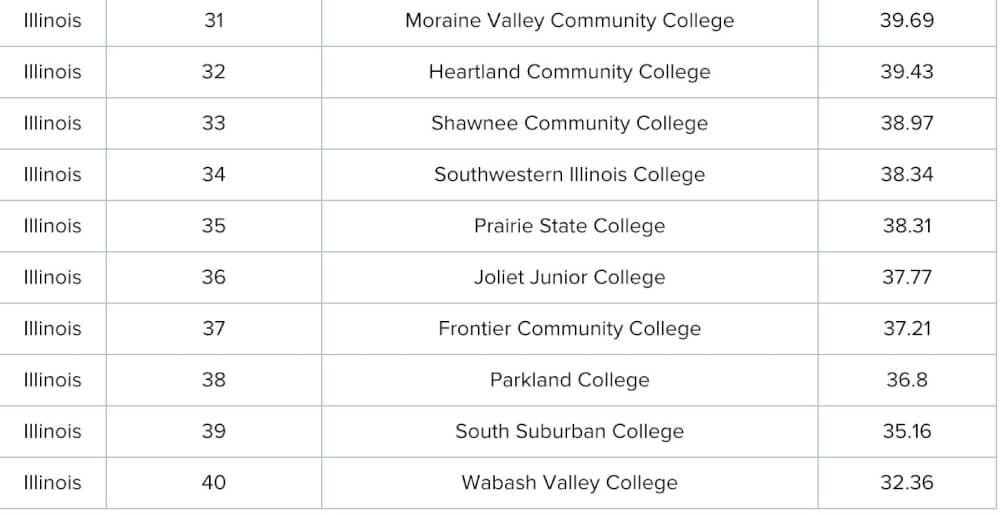
According to WalletHub, cost is often a major consideration when choosing a college. And with tuition rates continuing to rise every year — not to mention all the other expenses related to attendance — many would-be students are unable to afford a university education.
Community colleges offer students the ability to get higher education without having as much financial strain. During the 2017 to 2018 academic year, tuition and fees for full-time, in-state enrollment at a public two-year college averaged $3,570 per year versus $9,970 at a public four-year institution and $34,740 at a four-year private school. Students who earn their general-education credits at a community college before transferring to an in-state public four-year university can potentially save a lot of money.
Other than serving as an affordable, and in some cases free, option for education, community colleges have a number of attractive qualities. They often provide more flexible schedules, smaller class sizes and rigorous coursework. Some even go beyond two-year programs to offer four-year bachelor’s degrees. These qualities advantages appeal especially to students who need to balance their studies with other commitments, such as family and work.
Individual community colleges, however, vary in quality and affordability. To determine where students can receive the best education at the lowest price, WalletHub compared more than 700 community colleges across 17 key indicators of cost and quality. WalletHub’s data set ranges from the cost of in-state tuition and fees to student-faculty ratio to graduation rate. Read on for our findings, expert insight from a panel of researchers and a full description of our methodology. In addition to this ranking, we also conducted a state-level analysis of the Best & Worst Community College Systems.
To view the entire list of community college rankings, click this link.

